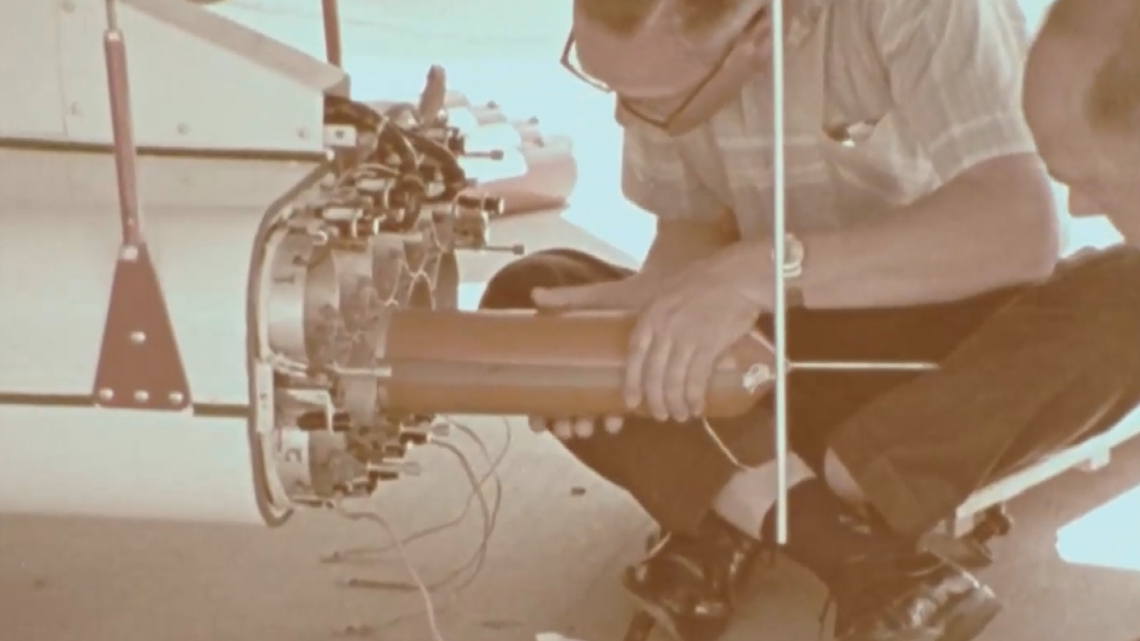
The dropsonde, a sensor packed inside a cardboard tube, measures storms over the open oceans as it freefalls from an airplane.
BOULDER, Colo. — A dropsonde is a suite of weather sensors packed inside a cardboard tube that measure storms as it falls from the belly of an airplane to the earth. The sensor is most often used in storms over the open oceans where there are very few other observations.
It’s the main sensor used by the Hurricane Hunters to measure the intensity of tropical cyclones.
“Where the ocean heats the atmosphere, there’s a lot of moisture transported from the ocean to the atmosphere, and there’s a lot of turbulence,” said Holger Vomel, a research scientist with the National Center for Atmospheric Research (NCAR). “And these ‘sondes can see that structure at relatively fine resolution.”
He said dropsonde measurements have been critical to accurate tropical storm forecasting for 50 years. It was created in Boulder at NCAR in the fall of 1974.
NCAR plans to celebrate the dropsonde’s legacy at an event on Nov. 2 called Super Science Saturday. Along with other dazzling science demonstrations at the annual show, NCAR scientists will try to capture the imaginations of young viewers by lowering dropsondes from the perch of the Mesa Laboratory building, showing how conditions like air pressure and humidity can change over just about 80 feet.
“It’s just really fascinating and I really hope that we can inspire excitement into the young kids,” he said.


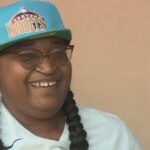

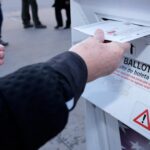

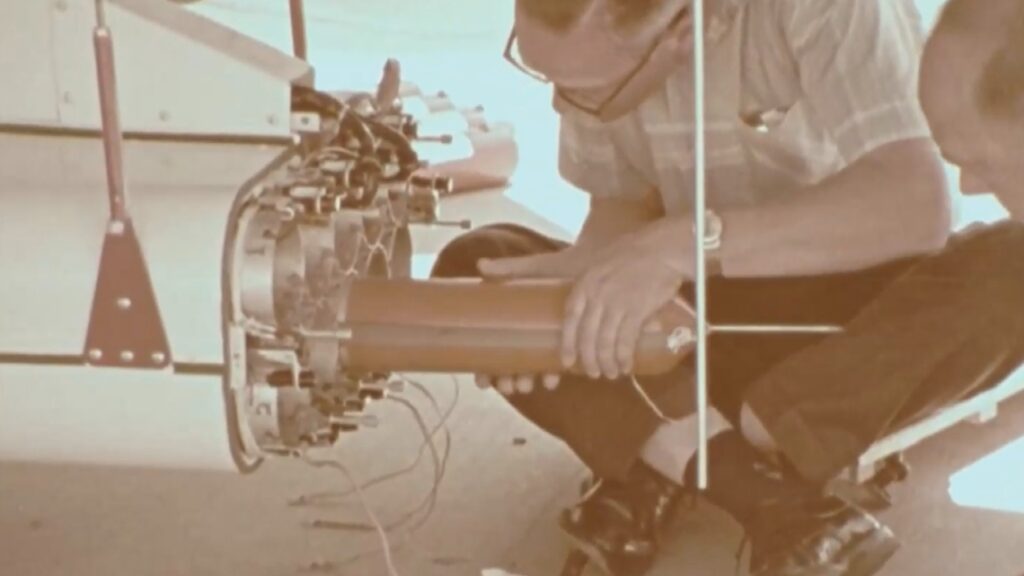

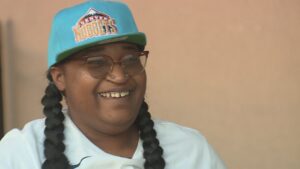

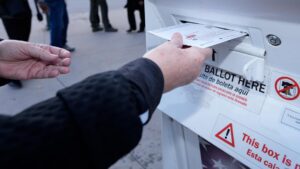
More Stories
Denver Nuggets fans had big hopes for their season opener
Following Mesa County ballot issue, expert stresses cases of voter fraud in Colorado are rare
Bullying and harassments claims surge in UK’s financial sector